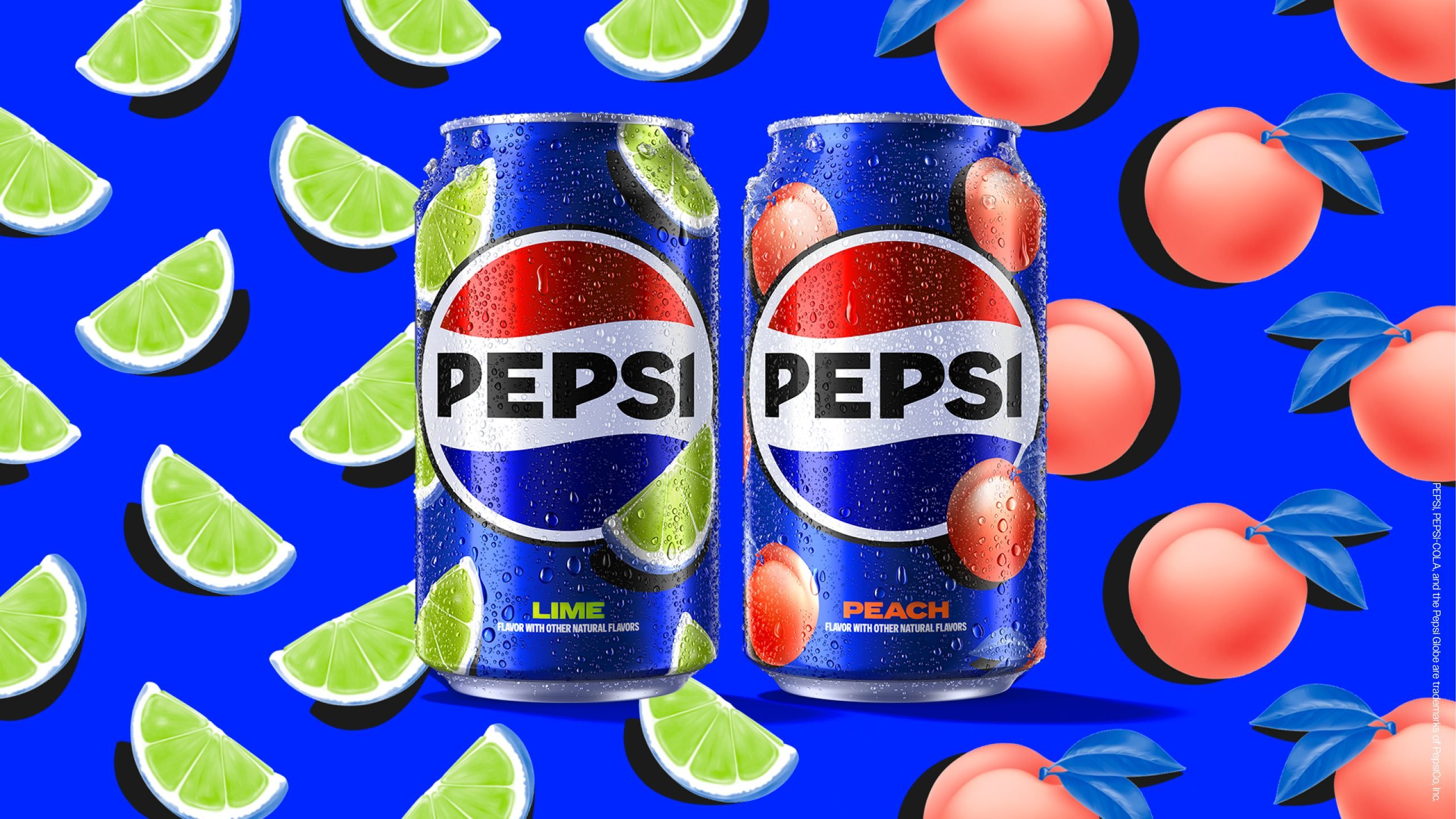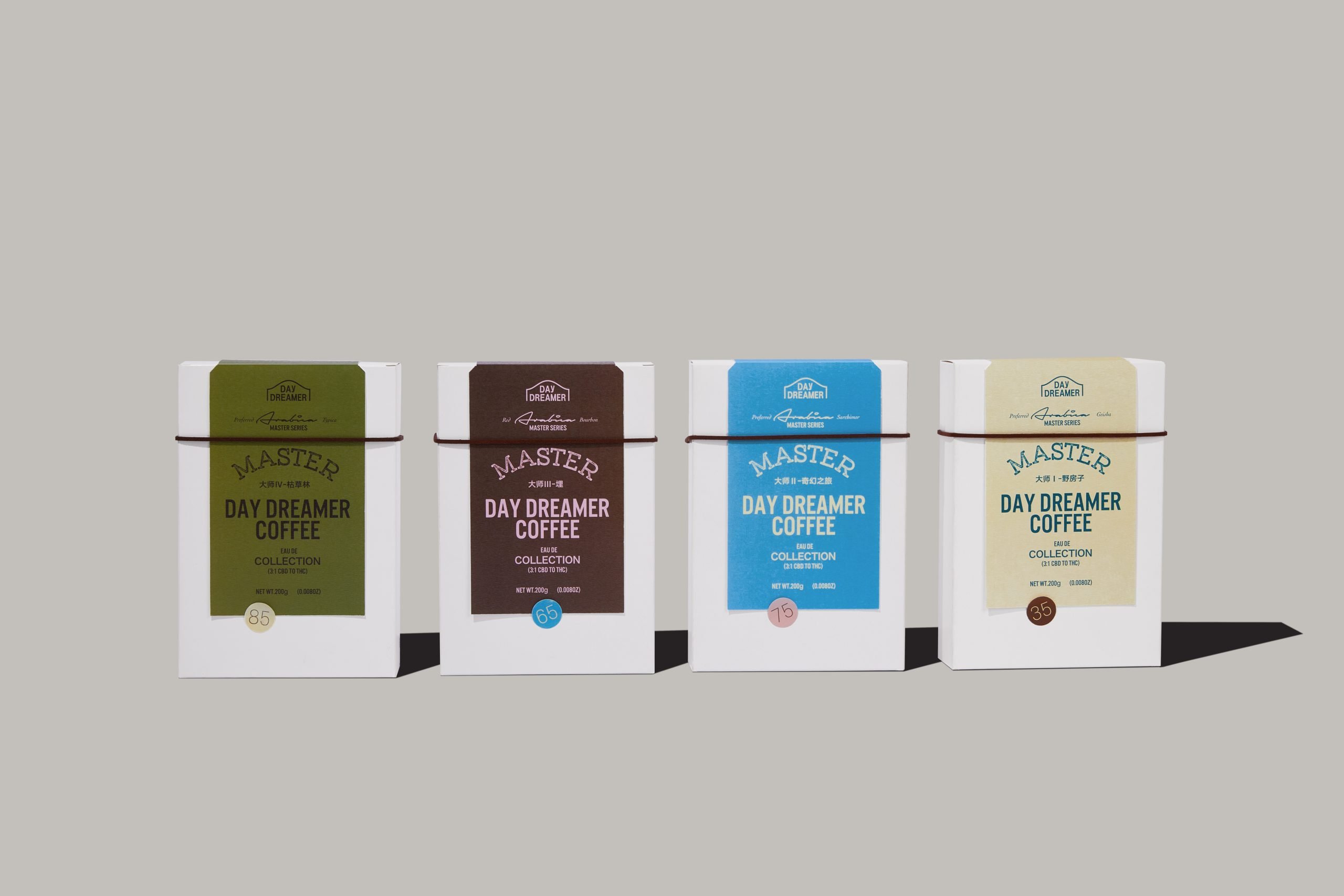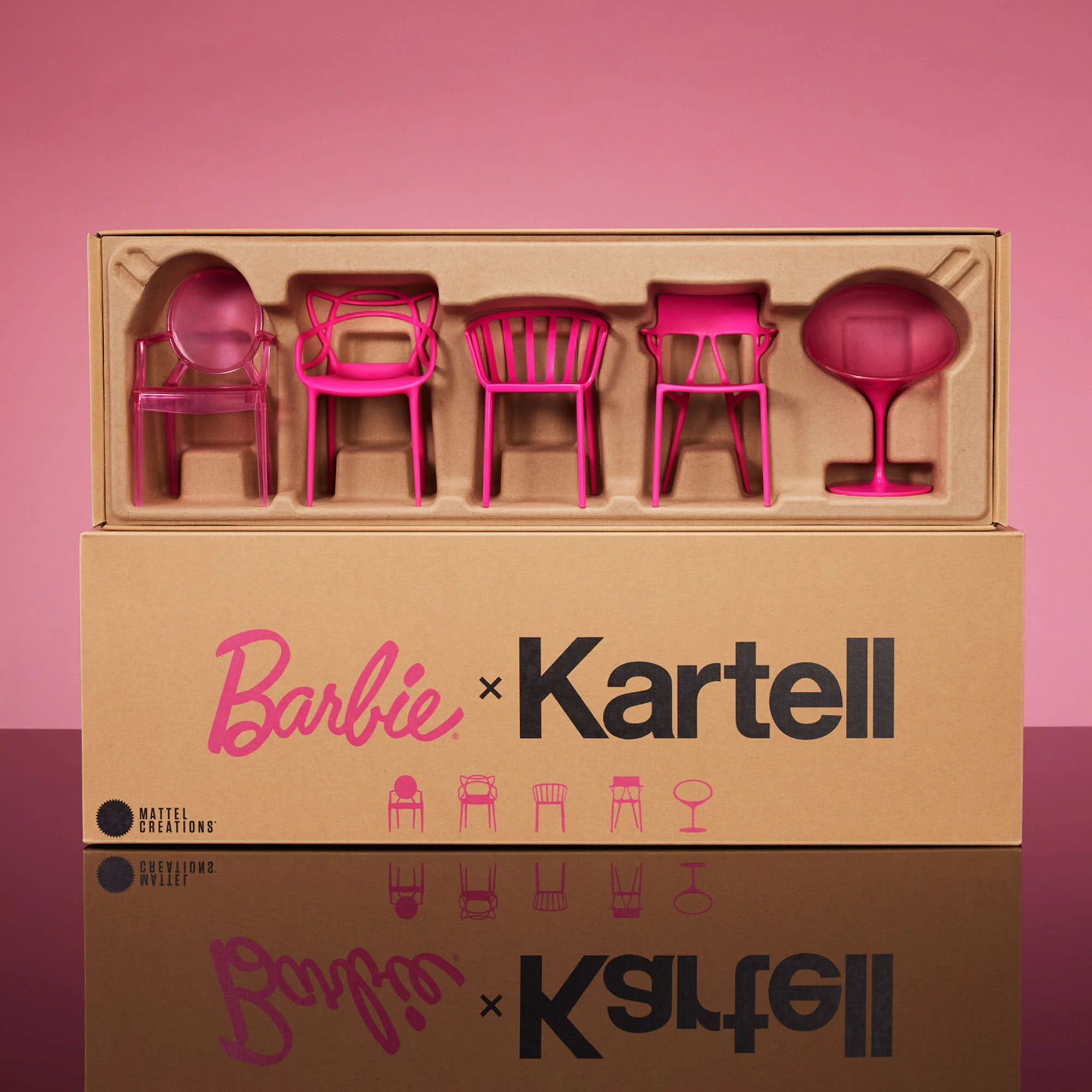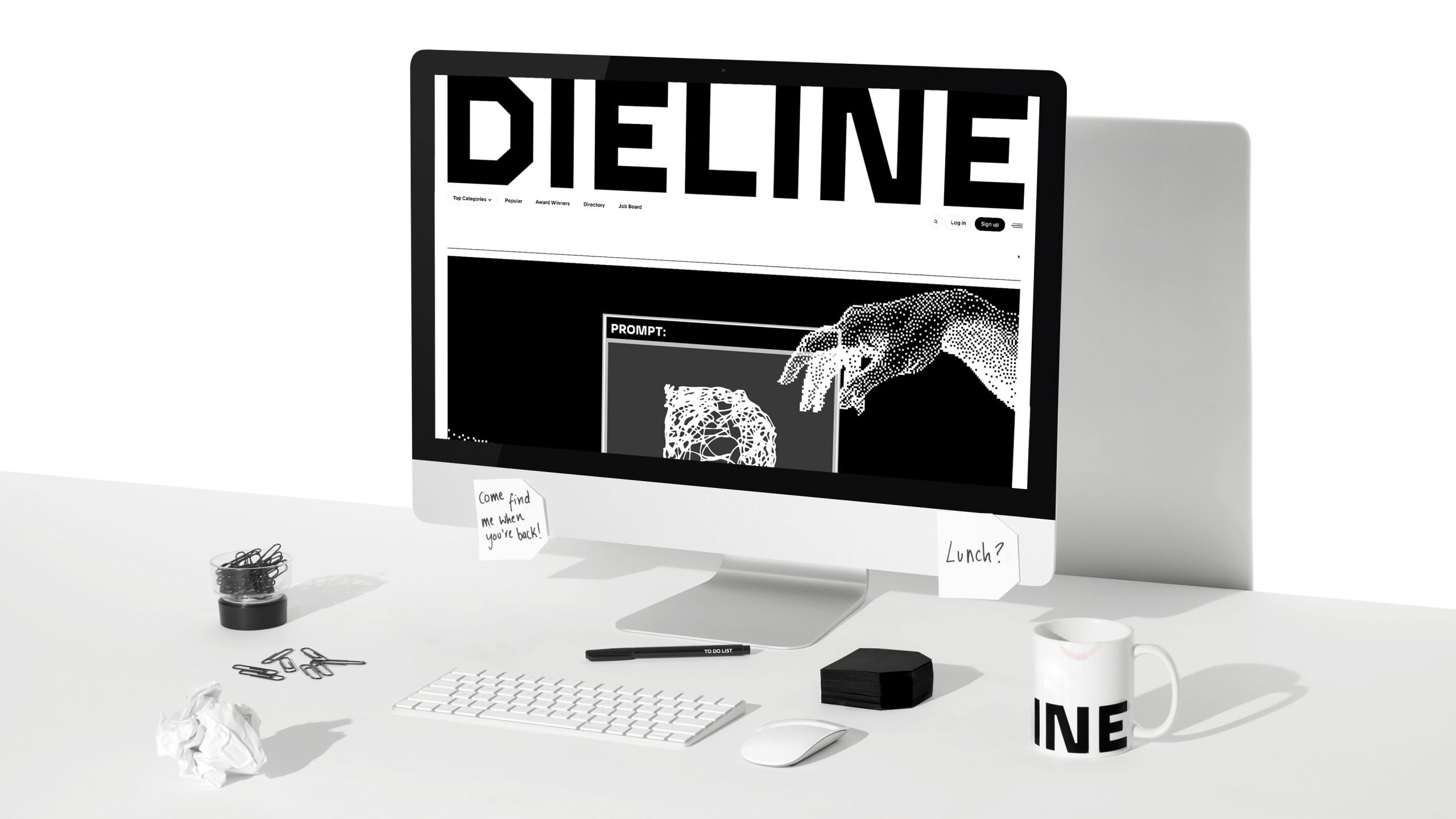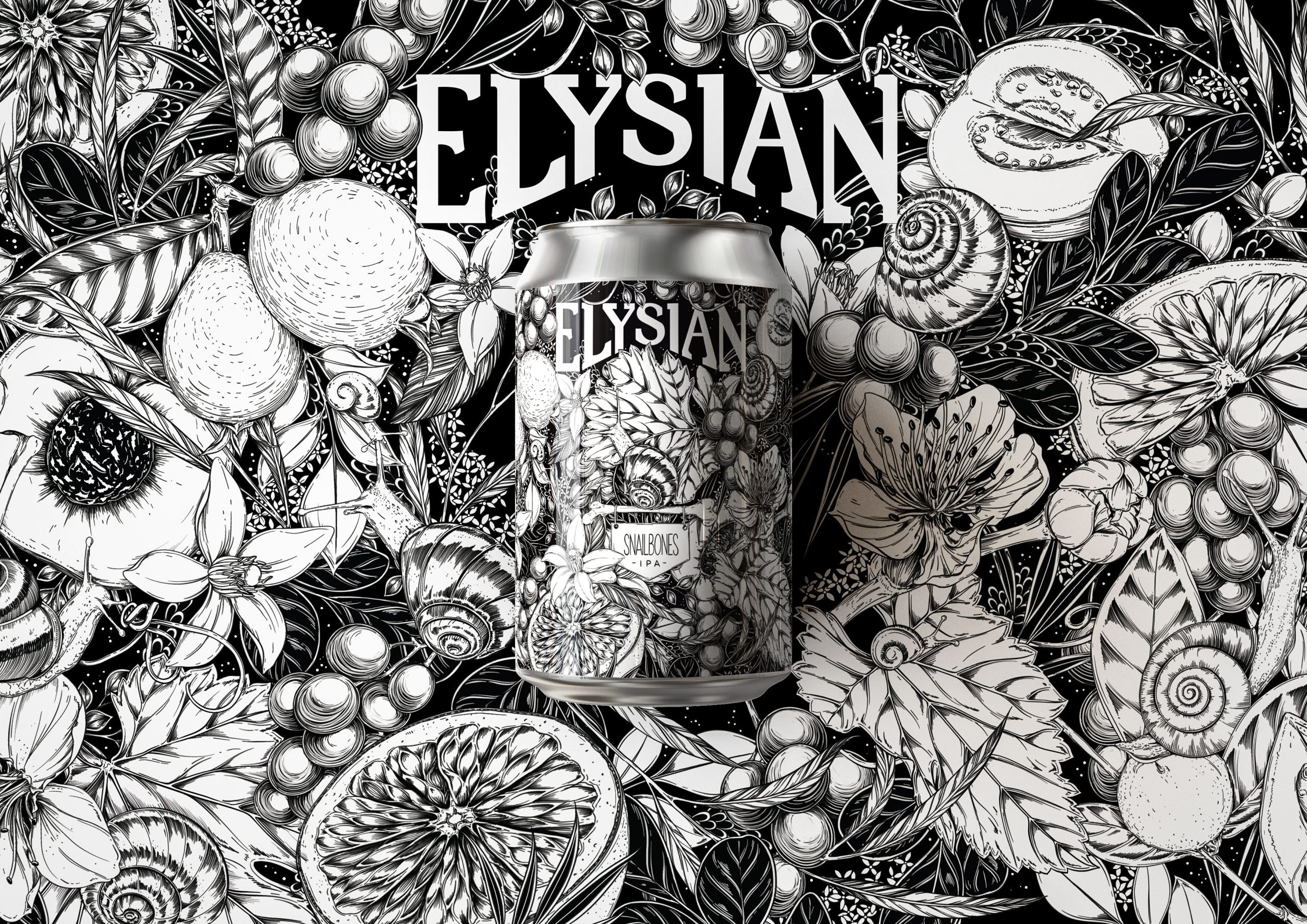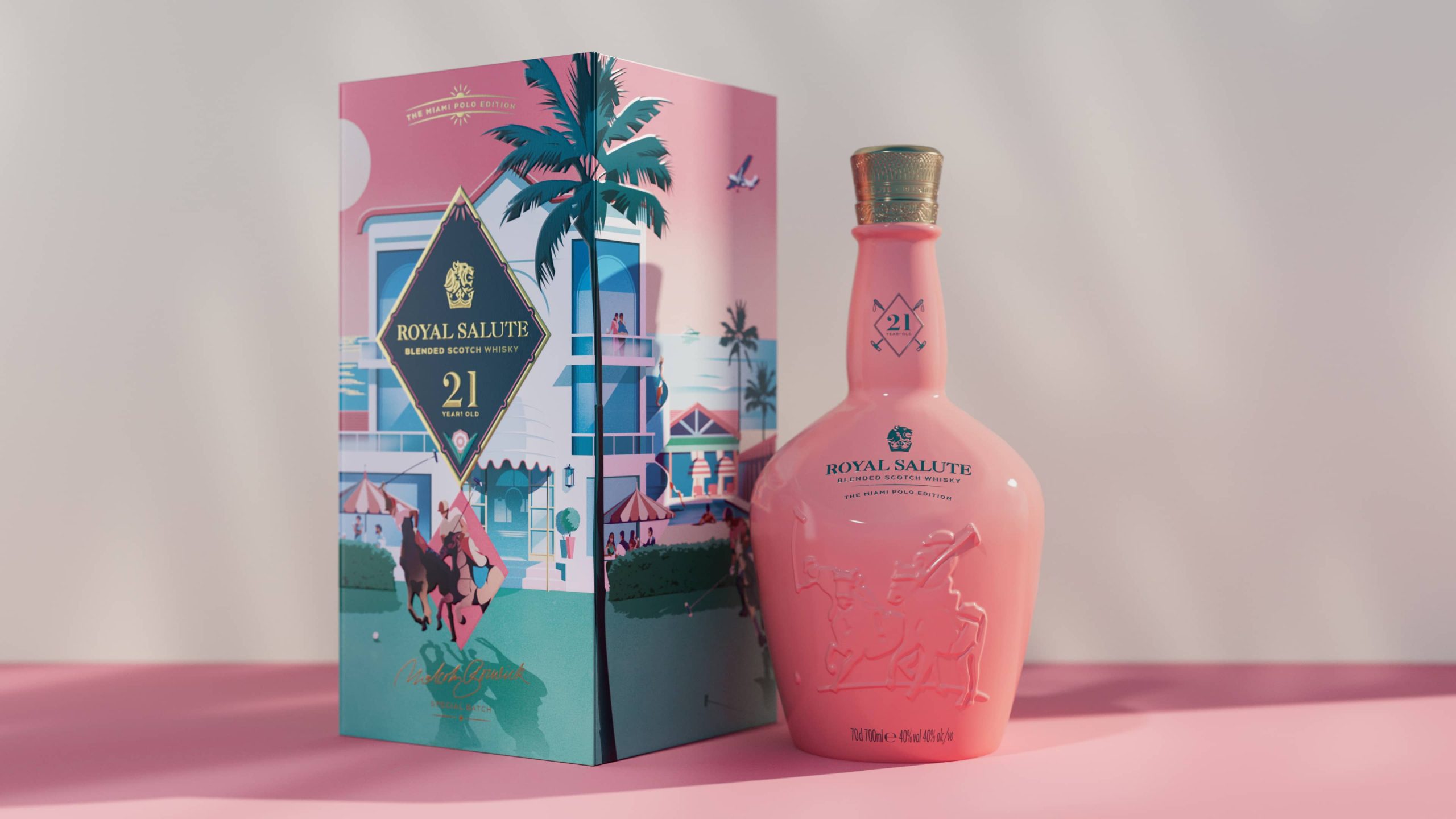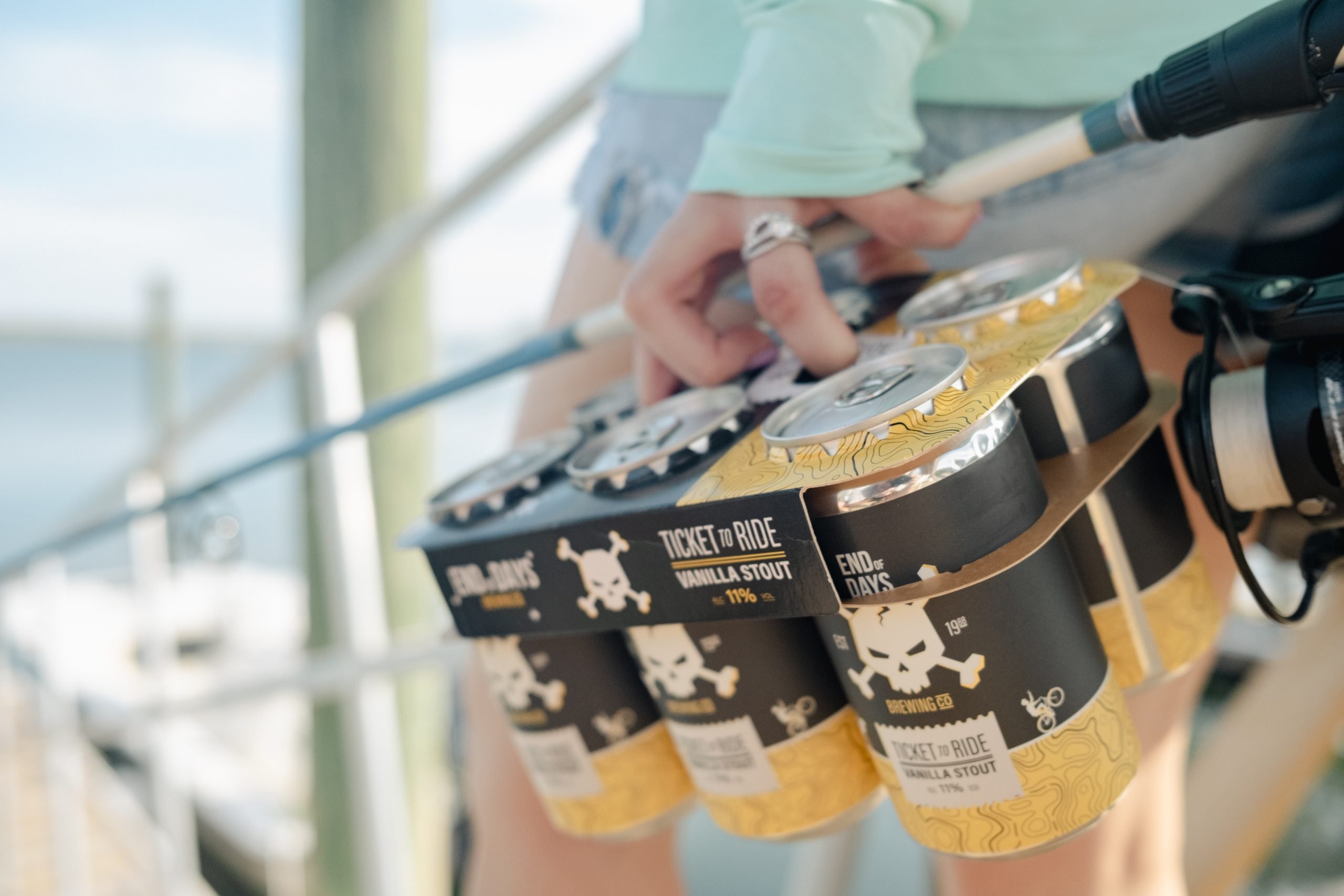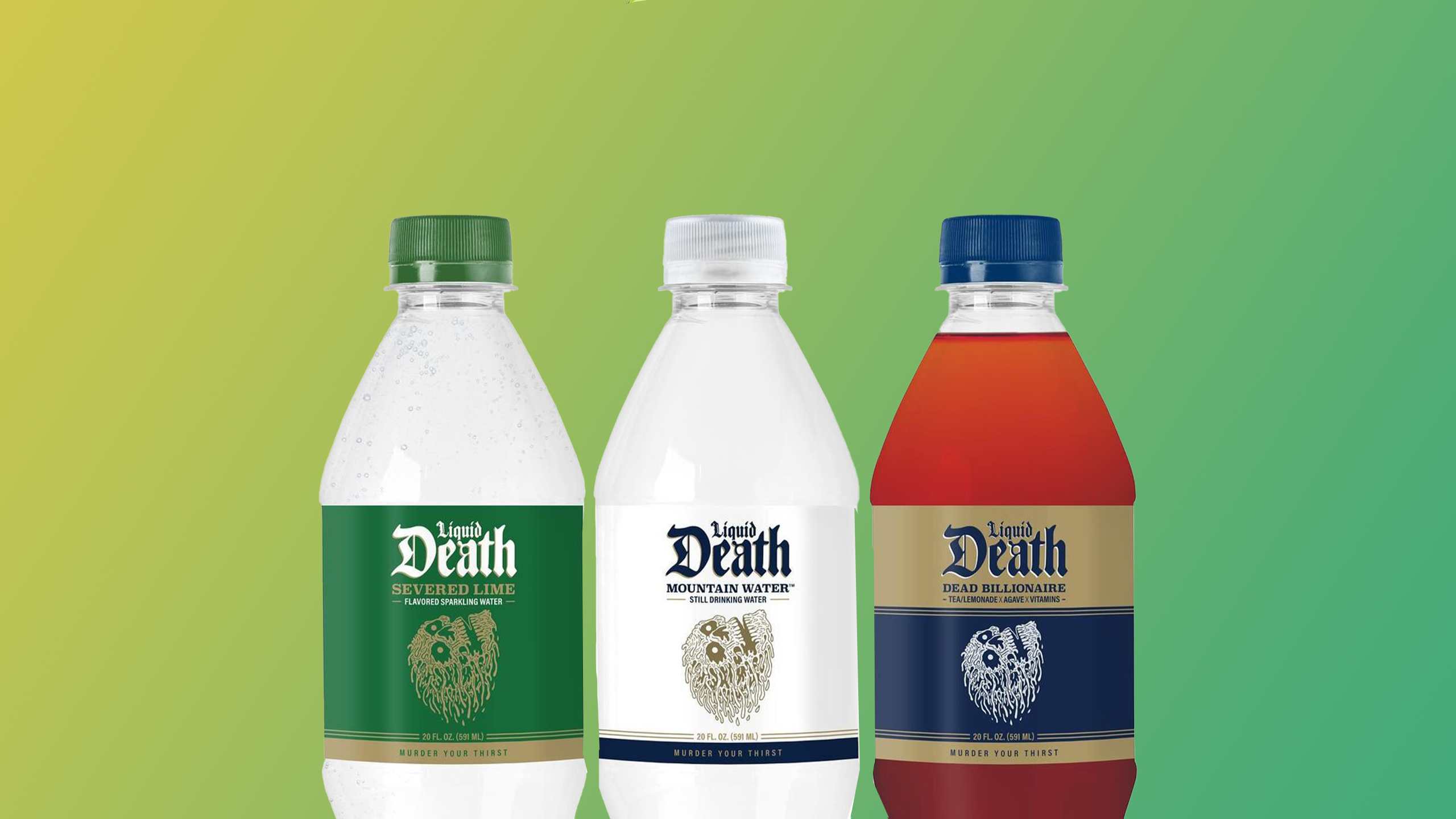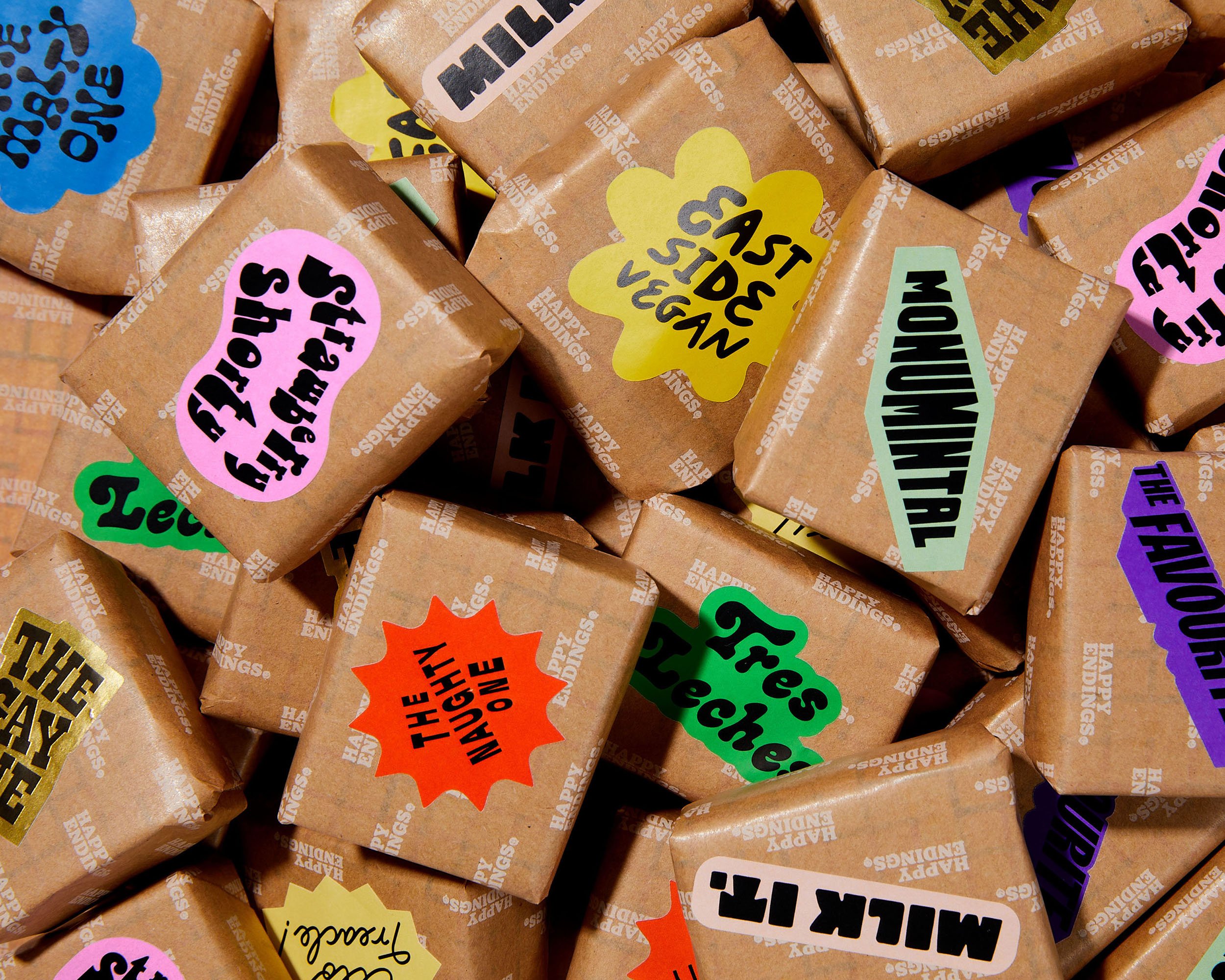As designers, we have a responsibility to use our skills to solve problems. Our predecessors first tackled the design of objects, quickly followed by the design of systems, and now, as our our global community becomes increasingly demanding and our environment is devastatingly taxed, we are being called upon to design our collective future. Gone are the days when we didn’t need to consider the environmental ramifications of the things we created, replaced by the days of the increasingly conscious consumer. As a result, the demand for sustainable design is proliferating rapidly, and consumers are targeting packaged goods as an area deeply lacking in innovation and ripe for change.
But, as with any large scale change, the costs and challenges associated with this desired change are significant. And as brands, producers and consumers begin to react to this growing demand, there are a few challenges that are important to keep in mind. Here we’ll tackle some of the most common misconceptions about sustainability, the misleading or misused language that surrounds this shift, as well as offer up some conscious steps we can all make more informed choices and help build a more sustainable future for us all.
Sustainability means many things.
One of the most common issues standing in the way of a consumer’s ability to evaluate the environmental impact of a product or package is a lack of clarity in language. Consumer perception and market reality are two different things, and the line between the two is often kept purposefully blurry. As the use of terms like “natural” or “organic” showed us with food, language can often be very misleading.
